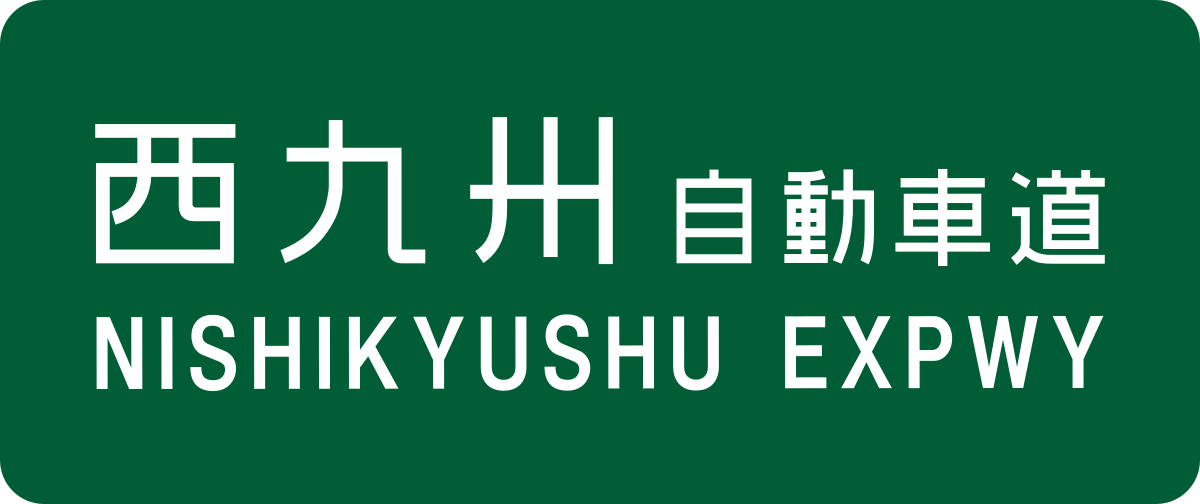Existed: 1988 – present Constructed 1988 | Length 150 km | |
 | ||
From: Fukushige Junction in Nishi-ku, Fukuoka
Fukuoka Expressway 2
Fukuoka Expressway 5 Major cities Sasebo, Karatsu, Itoshima, Fukuoka, Imari, Matsuura | ||
The Nishikyushu Expressway (西九州自動車道, Nishi-Kyūshū jidōshadō) is one of the Expressways of Japan from Fukuoka to Takeo. It runs through the prefecture of Saga, and the northern half of the Nagasaki prefecture. The total length is 150 km.
Contents
A whole part of the road is specified as the Route 497. This road has two toll zones. The Fukuoka and Maebaru toll zone is managed by Fukuoka Prefectual Road Public Corporation. The Takeo and Sasebo toll zone is managed by West Nippon Expressway Company. The others is managed by MLIT. This road is connected to Fukuoka Expressway Circular Route in Nishi-ku, Fukuoka and to Nagasaki Expressway in Takeo. From Nijō to Nijō Shika Interchange is overlap section of Nijō Hamatama road.
Overview
The first section of the expressway was opened to traffic in 1988. As of April 2016 the expressway incomplete in many areas. The next sections are scheduled to open in 2017 (Minamihata Taniguchi Interchange to Imari Higashi Interchange) and (Imabuku Interchange to Tsukinokawa Interchange). After this, Most of the incomplete areas will be built according to the New Direct Control System, whereby the burden for construction costs will be shared by the national and local governments and no tolls will be collected. Currently the section between Nijō Shikaka Interchange and Minamihata Taniguchi Interchange, Yamashiro Kubara Interchange and Imabuku Interchange, and Saza Interchange and Sasebo Daitō Interchange operates according to this principle.
The expressway is 4 lanes from Fukushige Junction to Higashi Intersection (temporary interchange) and Saza Interchange to Sasebo Chūō Interchange, and 2 lanes for all remaining sections.
